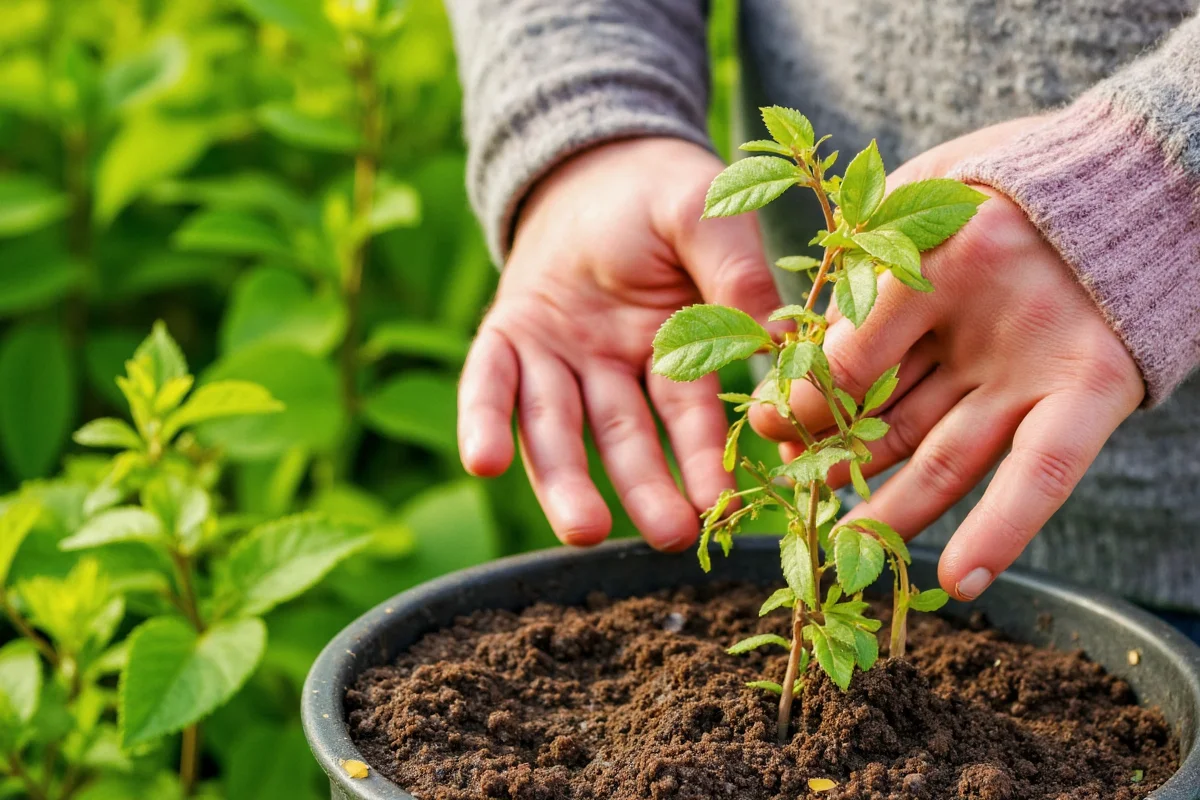Grafted cacti are fascinating and eye-catching additions to any home or garden. This guide is designed to help you understand their unique needs and ensure they thrive. From selecting the right spot to watering requirements and pest management, we cover all you need to know in simple, easy-to-follow steps.
Understanding Grafted Cactus
Grafted cacti are created by joining two different types of cacti, often highlighting vibrant colors and unusual shapes. The top part is the scion, while the bottom supporting part is the rootstock. The combination not only makes them aesthetically pleasing but can enhance their growth potential as well.
- Scion: The visible top portion that benefits from nutrients.
- Rootstock: The supportive base that provides structural support and absorbs nutrients.
- Common graft combinations include species like Gymnocalycium and Opuntia.
- Grafting allows a wider range of cacti to be grown indoors due to their interdependent nature.
When considering a grafted cactus, understanding the nature of both parts of the plant is crucial. Recognize that each part has its care requirements and genetic makeup, which can influence your approach to care.
Ideal Placement and Environment
Choosing the right environment for your grafted cactus is essential for its vitality. These plants need specific conditions to thrive, and inadequate placement could lead to stunted growth or early death.
- Light: Grafted cacti often need bright, indirect sunlight. Too much direct light could damage the delicate scion.
- Temperature: They thrive in temperatures between 60°F and 80°F, mimicking their native desert habitat. Avoid placing them in drafty or overly humid areas.
- Pot selection: Opt for pots that ensure proper drainage to prevent root rot.
- Position: Position your grafted cactus away from areas with frequent foot traffic to prevent accidental bumps or breaks.
Ensuring the ideal placement encompasses both safety and optimal conditions. Using transparent curtains or blinds can help control light exposure, while air quality is improved by moving away from heat vents or air conditioners.
Watering Requirements
Watering is one of the most critical aspects of grafted cactus care. These plants have specific needs, largely dependent on their composition. Unlike generic houseplants, grafted cacti require tailored water schedules.
- Seasonal watering: More frequent watering during warmer months and less during colder months.
- Method: It is best to water deeply until excess runs out, then allow the soil to dry completely before watering again.
- Signs of distress: Watch for signs like shriveling; they may indicate under-watering, while mushiness can suggest over-watering.
- Use distilled or rainwater to avoid mineral buildup from tap water.
| Season | Watering Frequency |
|---|---|
| Spring and Summer | Weekly |
| Fall and Winter | Monthly |
Balancing water intake is crucial, with cooler seasons requiring less. Accurately monitoring soil dryness and adapting your schedule guards against common cactus issues like root decay.
Pest Management
Despite their resilience, grafted cacti are susceptible to pest invasions that can degrade their health. Learning how to identify and address these concerns early is imperative for maintenance.
- Common pests include mealybugs, spider mites, and scale insects.
- Symptoms include sticky residues, discoloration, or webbing on the plant.
- Regular inspection: Examine the plant weekly for signs of infestation.
- Treatment: Use a simple mixture of diluted dish soap and water spray as a first measure.
Effective pest management starts with prevention. Maintaining cleanliness in the surrounding area and enhancing airflow around the plant can reduce pest attraction. For persistent problems, consider natural or chemical pest controls after consulting experts.
Propagation and Repotting
Over time, your grafted cactus may need repotting or propagation for optimal health or expansion of your collection. Recognizing the right timing and procedure is key.
- Signs for repotting: Notice roots growing out of the drainage holes or compact soil.
- Best potting season: Spring or early summer allows ease in adaptation.
- Propagation options: Use stem cuttings from healthy scions for new grafts.
- Tools: Ensure you have sterile tools to prevent disease transfer.
Proper preparation before repotting prevents trauma to the plant. Gather appropriate cacti soil mix and de-clutter the workspace for efficiency. Make sure containers are chosen wisely with proper drainage and size fits the scion's structural needs.
In conclusion, caring for grafted cacti can be a rewarding experience with these straightforward guidelines. Their beauty and novelty offer any hobbyist a creative and resilient plant that thrives with understanding and vigilance. Regular monitoring and adjusting conditions as needed ensure your grafted cactus remains a healthy, vibrant centerpiece in your space. By adhering to these care practices, your grafted cactus can grow beautifully, continuing to intrigue and delight for years to come.











 浙公网安备
33010002000092号
浙公网安备
33010002000092号 浙B2-20120091-4
浙B2-20120091-4